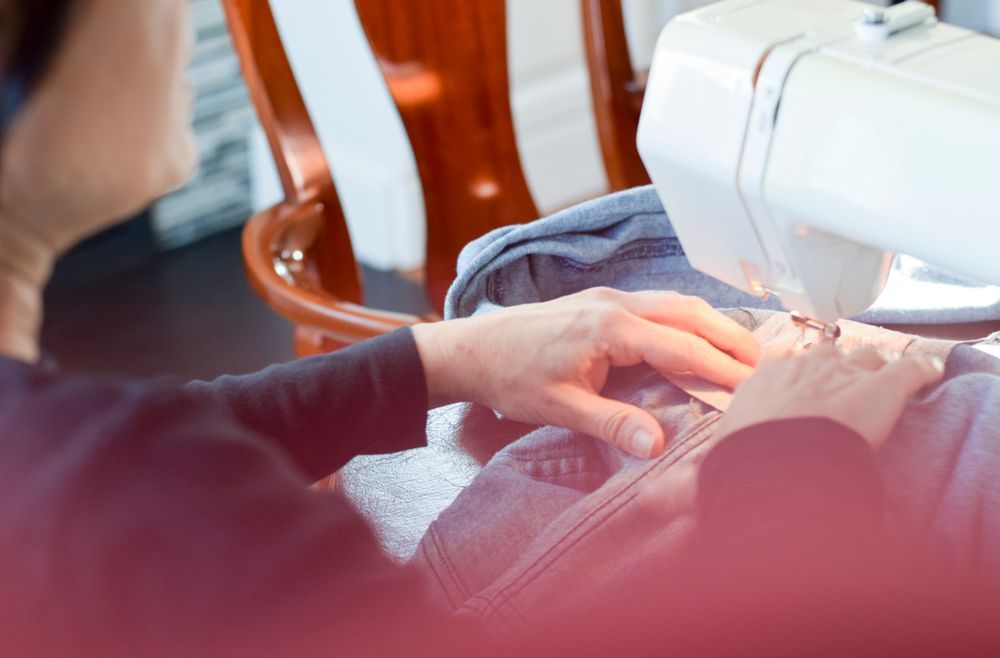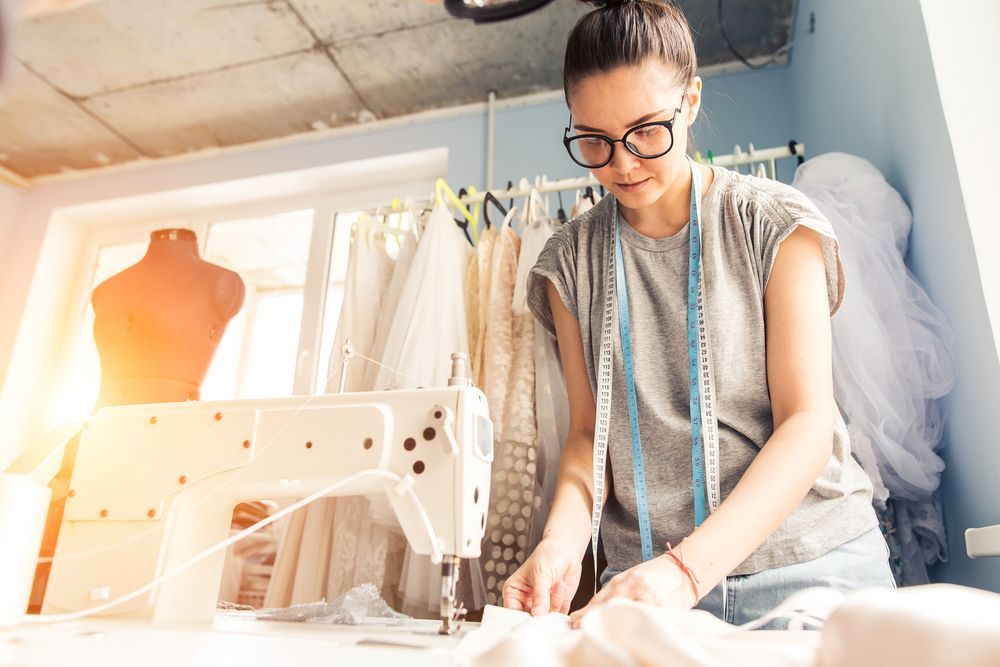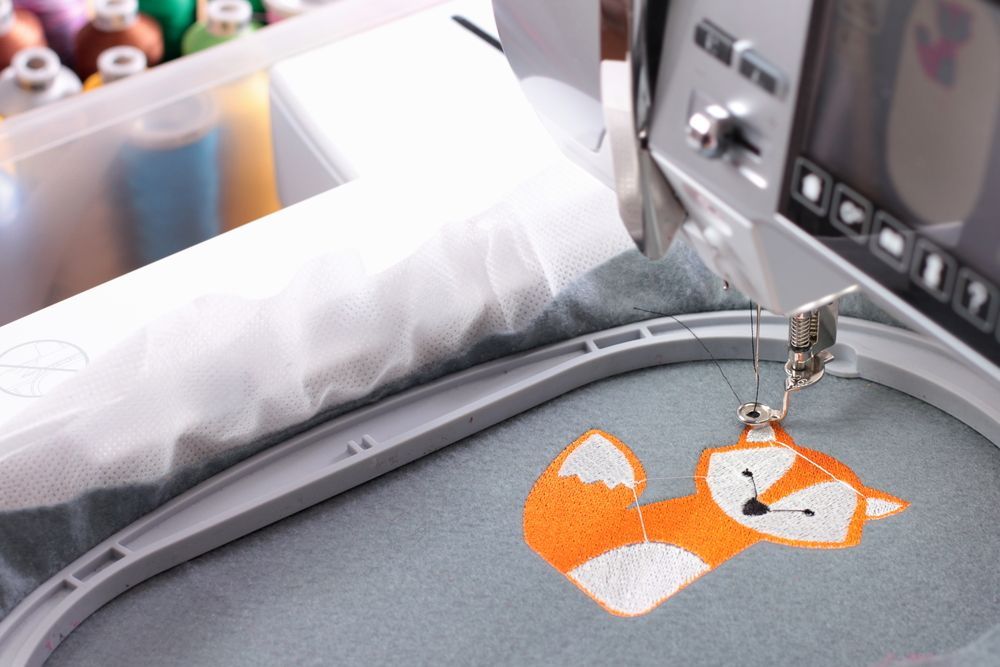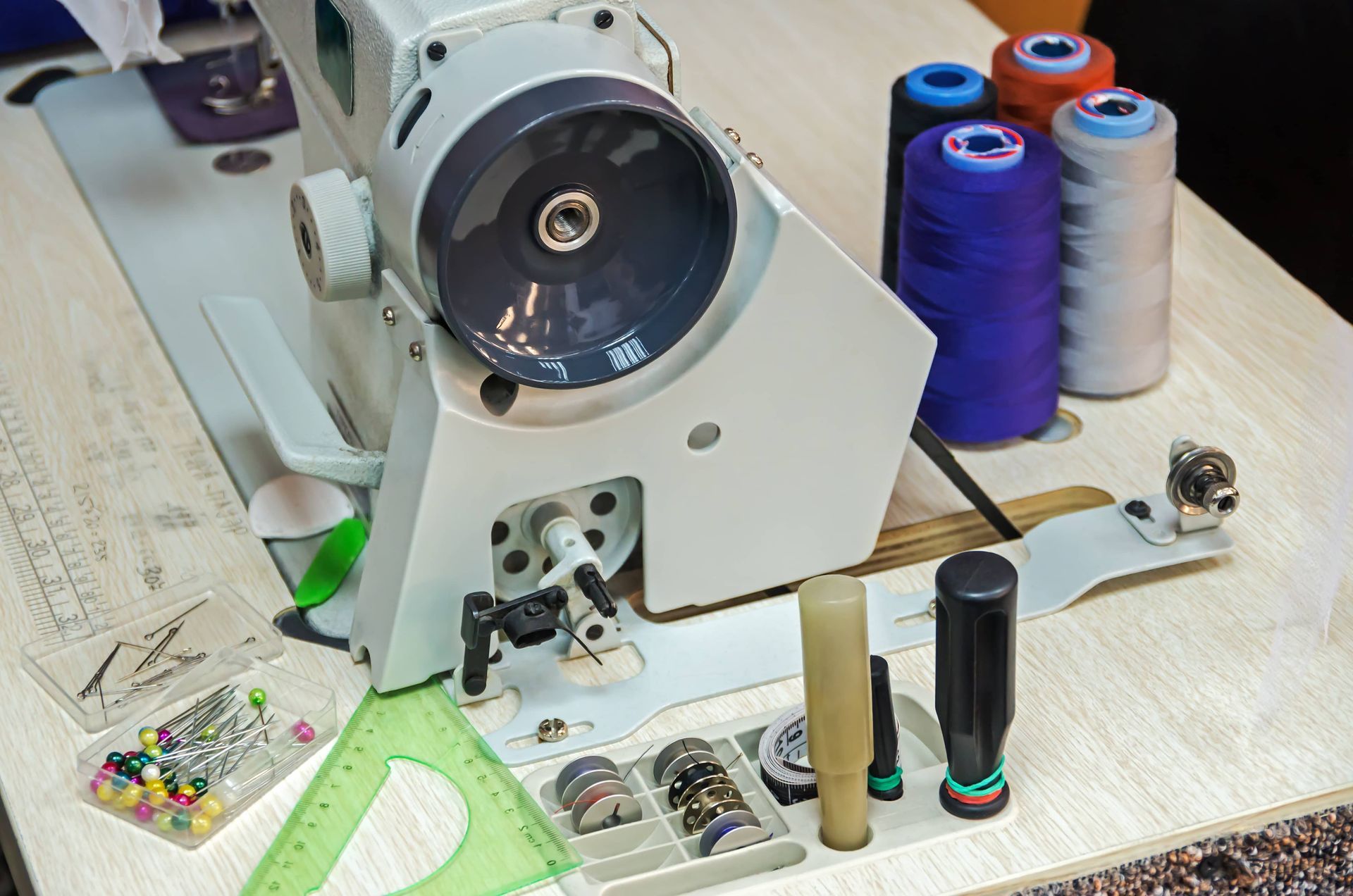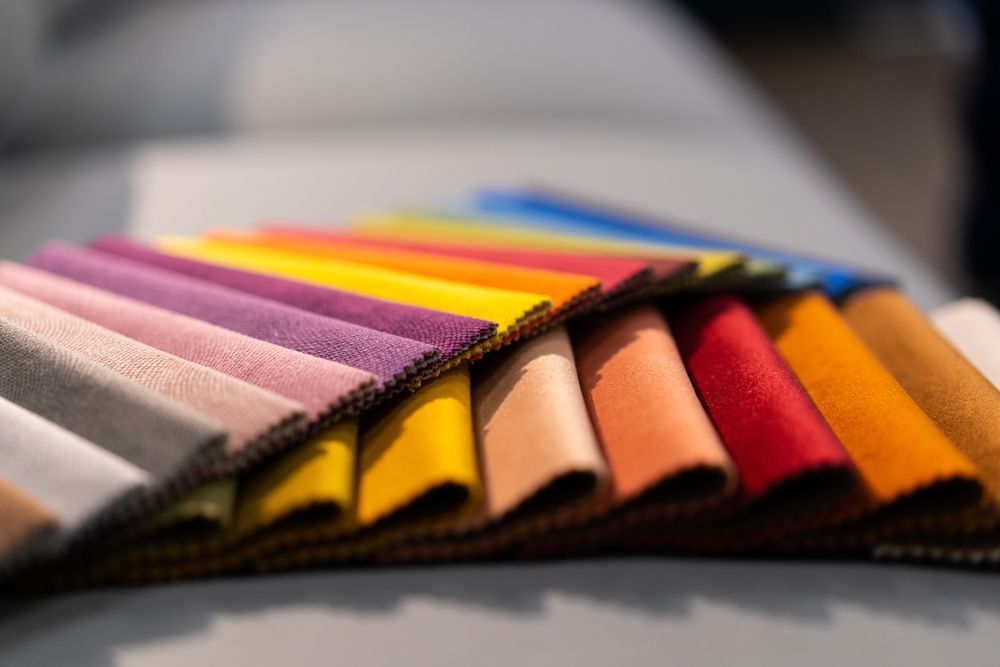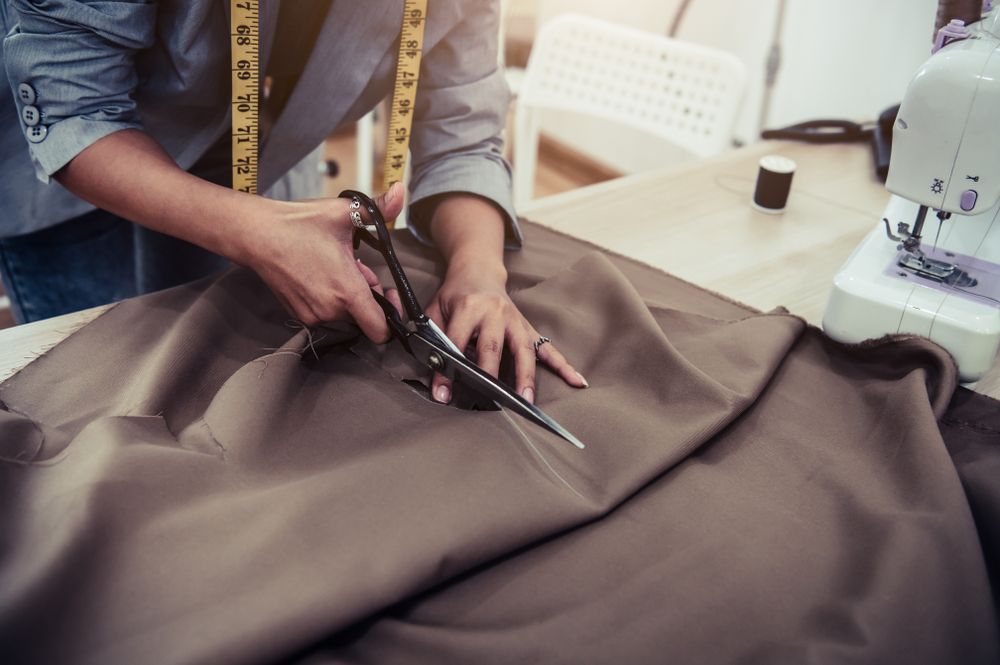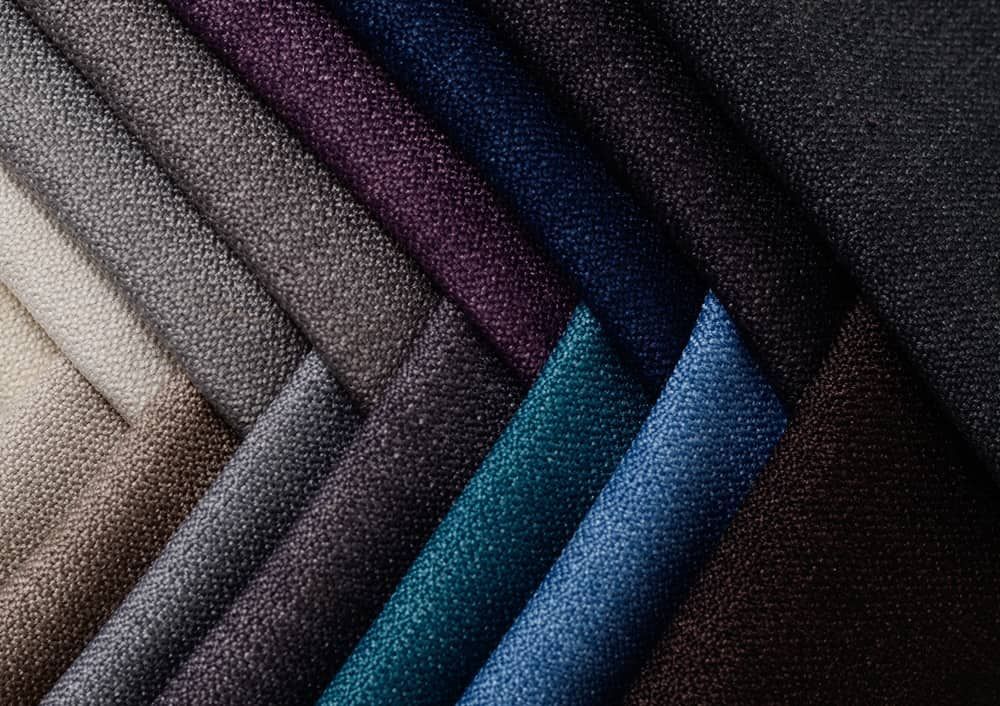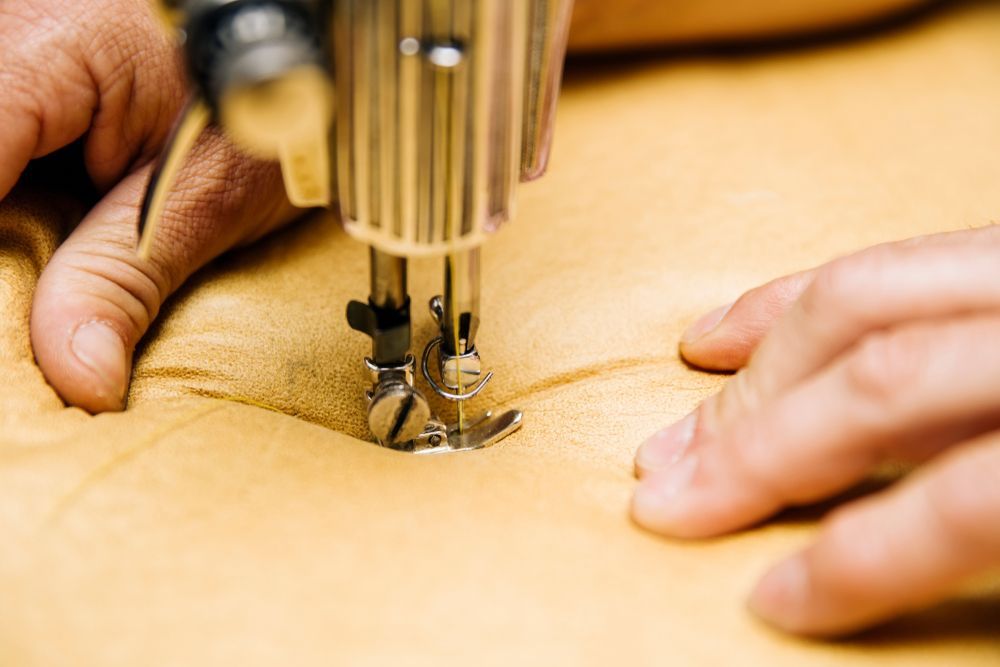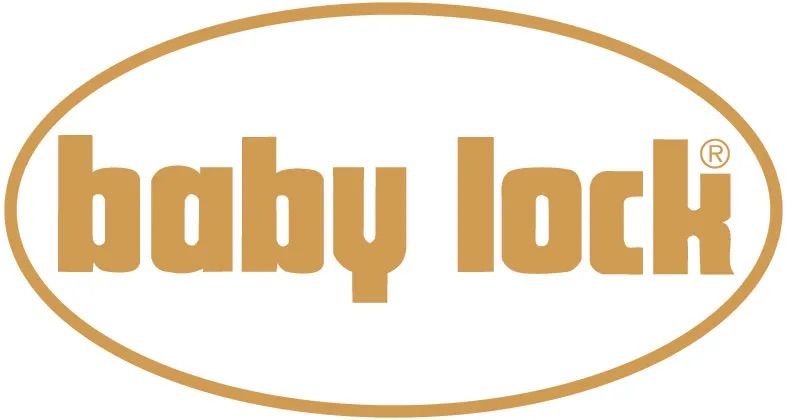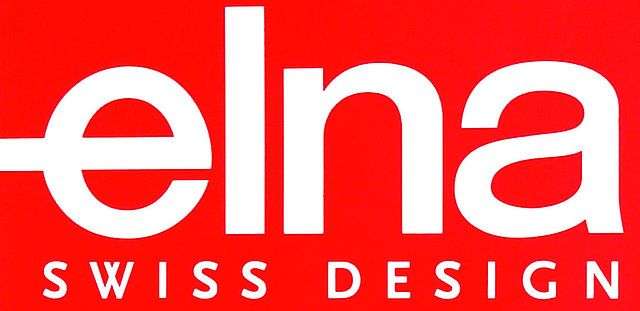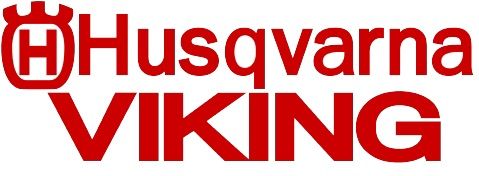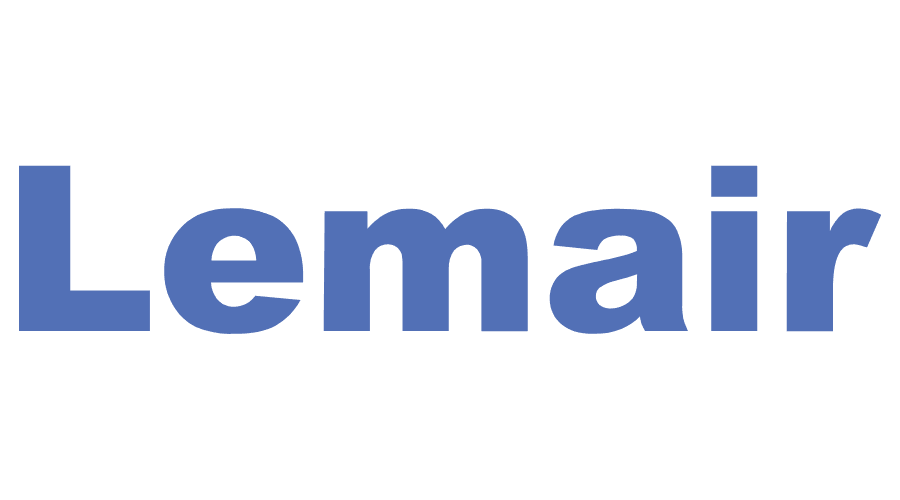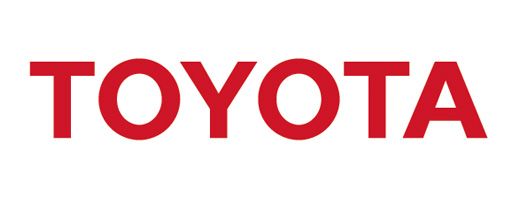Getting Started With Your New Sewing Machine
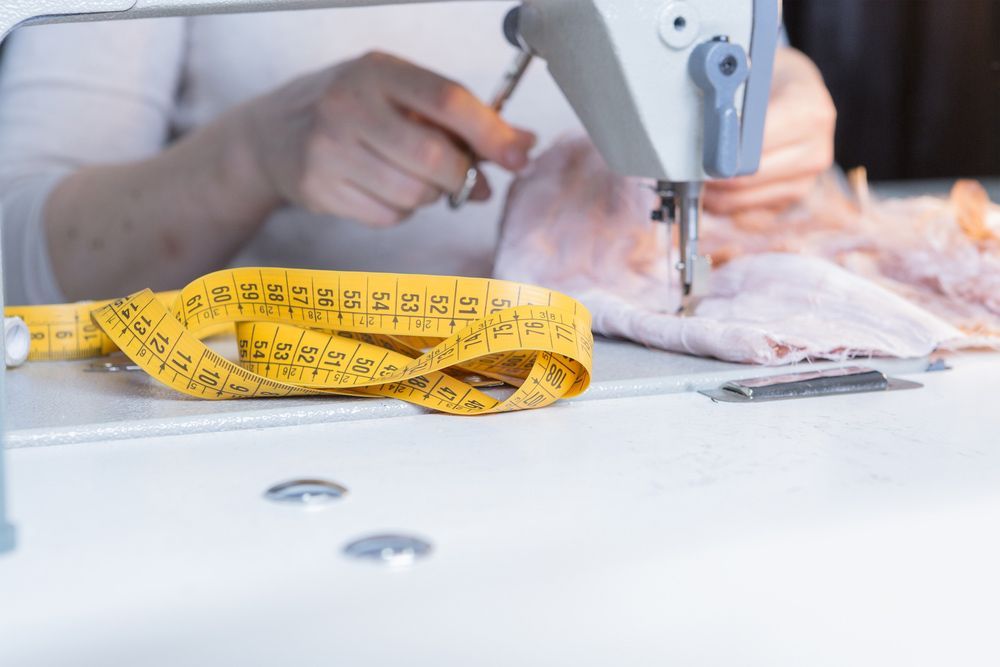
In this post, we’ll look at a few simple things you should do when you get a new machine.
Your Instruction Book
Your machine will come with an instruction manual, which, if it is one from the larger brands, will be quite comprehensive. Reading a manual might not be everyone’s priority, however, a few minutes looking at some important items may save you a lot of time and expense later. In the first few pages, you’ll find a diagram identifying the parts of their machine with their correct names. This can be important if you need to talk to the retailer or a technician later. Using the correct names for parts of the machine will get faster answers to your questions, so familiarity with them avoids confusion.
Keep Your Info Together
Right, now that you have read the basics, put the book somewhere you’ll be able to find it quickly. We recommend also stapling or taping your purchase receipt and/or warranty card onto the book and putting it into a ziplock bag. In this bag, you should also put any other relevant information on the machine as the years go by, such as service dockets and so forth. This will make it easy to lay your hands on it when needed.
Now to the Fun Stuff!
Pull out some scrap fabric out and play with the machine for half an hour or so. Get to know the stitches and what gives you the best results for what you want to do. Alter stitch lengths and widths, try the buttonhole and generally experiment. Get to know what it feels like and what it sounds like. Knowing this will alert you later to potential problems before they become serious, as different sounds can be your earliest indication of a problem. Wind a couple of bobbins and try the different buttons.
Get comfortable with your machine! This is the time to work out what you need to ask when you have a lesson. Write down your queries to ask your dealer or tutor.
There will also be a diagram showing threading. With all machines, it is vital to be precise with threading, so look at any specific instructions. Most machines thread in a similar way but all they all have their own little idiosyncrasies.
Sewing Needles
Identify the recommended needle for your machine. In most cases, you will require a standard domestic needle, however, your manufacturer may recommend a specific brand or class. This can be important, especially for overlockers. For more information, see our article on sewing machine and overlocker needles. Finally, when you feel like you know how to work with ease, get started on your first project. It should start working for you like a dream. After all, any mistakes you make should happen when you are testing, and therefore your projects should be free from errors.
Happy sewing!
